Retro Replay Review
Gameplay
Death to Spies puts stealth at the forefront, tasking the player with planning each move carefully. Before every mission, you assemble Semion Strogov’s kit—from pistols and silenced weapons to chloroform, choke cords, and health kits. This loadout phase encourages experimentation, as you balance firepower and stealth tools to match mission objectives. Scavenging enemy bodies for ammo or weapons adds an extra layer of resource management, forcing you to adapt on the fly when supplies run low.
The core of the experience revolves around remaining undetected. Enemies have multiple alert states and will investigate suspicious noises or sights, making sound and line-of-sight detection critical. An on-screen overlay shows guard vision cones, which helps with timing patrols and planning approach routes. Though you can technically run and gun, open combat is rarely rewarded—silent takedowns, disguises, and diversionary tactics are both more effective and the game’s clear design intent.
Mission variety keeps gameplay from feeling stale. You’ll infiltrate villages, hotels, enemy headquarters, and even prisons, with objectives ranging from document theft and prisoner rescues to targeted assassinations. Vehicles—motorcycles, jeeps, trucks—offer strategic shortcuts but come with noise and visibility trade-offs. The game’s pacing encourages methodical progression, where one misstep can send guards into high alert and force a full restart or creative escape. Overall, the gameplay loop is tense, deliberate, and richly detailed for stealth purists.
Graphics
While Death to Spies uses a mid-2000s engine, its environments capture the grim atmosphere of wartime Eastern Europe. Village streets, forests, airfields, and courtyards are populated with period-appropriate props—wooden crates, sandbags, military vehicles—that breathe life into each locale. The game’s color palette leans toward muted earth tones, reinforcing the sense of danger and subterfuge under a gray sky or dim indoor lighting.
Character models and animations reflect the era’s technical constraints but are serviceable for their purpose. Enemies move in predictably human ways, though animations can appear stiff during transitions. Facial details are basic, yet guard uniforms and weapon models carry enough authenticity to ground you in the setting. Subtle touches—like the slight sway of a patrolling soldier or flickering torchlight—enhance immersion despite the engine’s age.
Performance is generally stable on modern hardware, though you may encounter occasional pop-in or clipping in large open areas. Draw distances can be limited, so distant objects may pop into view abruptly. Texture resolution varies—ground and foliage have acceptable detail, while some indoor surfaces appear blotchy. Despite these shortcomings, thoughtful level design and atmospheric soundscapes make the visual presentation feel cohesive and appropriately tense for clandestine operations.
Story
Death to Spies frames its narrative through post-war interrogation flashbacks, as Captain Semion Strogov recounts his SMERSH exploits to a Soviet prosecutor in the early 1950s. This structure lends each mission weight, with context on how Semion’s actions shaped secret wartime efforts to root out Nazi infiltrators and traitors. The framing device also reinforces a sense of consequence—failure in the past has led him to this tense interrogation.
Each mission briefing ties to real World War II operations, lending an air of historical authenticity. Written transcripts and voice-over narration fill in details about enemy movements, resistance networks, and high-value targets. While supporting characters are few, the broad strokes of espionage, counterintelligence, and moral ambiguity shine through. You get a clear sense that you’re part of SMERSH’s shadow war, operating behind enemy lines with life-or-death stakes.
Though the plot isn’t a cinematic tour de force, it maintains momentum through mission success and failure. Semion’s dry, measured voice gives personality to the proceedings, though dialogue delivery can feel flat at times. Story pacing is mission-by-mission rather than a continuous arc, which keeps things focused on covert ops rather than character drama. For players interested in a historically flavored stealth setting, the narrative framework provides enough intrigue to drive you through each flashback.
Overall Experience
Death to Spies offers a rewarding challenge for enthusiasts of tactical stealth gameplay. Its emphasis on planning, disguise, and silent elimination sets it apart from run-and-gun shooters. Early on, the learning curve can feel steep—AI reactions are unforgiving and checkpoints sparse—but mastering guard patterns, sound suppression, and costume rules delivers a genuine sense of accomplishment.
Replaying missions to improve efficiency or discover alternative approaches adds replay value. The overlay vision cones, multiple entry points, and vehicle options encourage experimentation. While there’s no built-in mission editor, a dedicated modding community has created unofficial patches and custom scenarios, further extending longevity. Though the game lacks multiplayer, its single-player toolkit is robust enough to keep stealth fans engaged for dozens of hours.
Ultimately, Death to Spies is a niche gem that rewards patience and precision. Its dated graphics and occasional technical quirks may deter casual players, but those craving authentic WWII espionage will find a deeply satisfying, strategy-driven experience. If you appreciate stealth mechanics, historical settings, and morally gray covert operations, Death to Spies remains a solid choice for reliving SMERSH’s clandestine battles against the Nazis.
 Retro Replay Retro Replay gaming reviews, news, emulation, geek stuff and more!
Retro Replay Retro Replay gaming reviews, news, emulation, geek stuff and more!
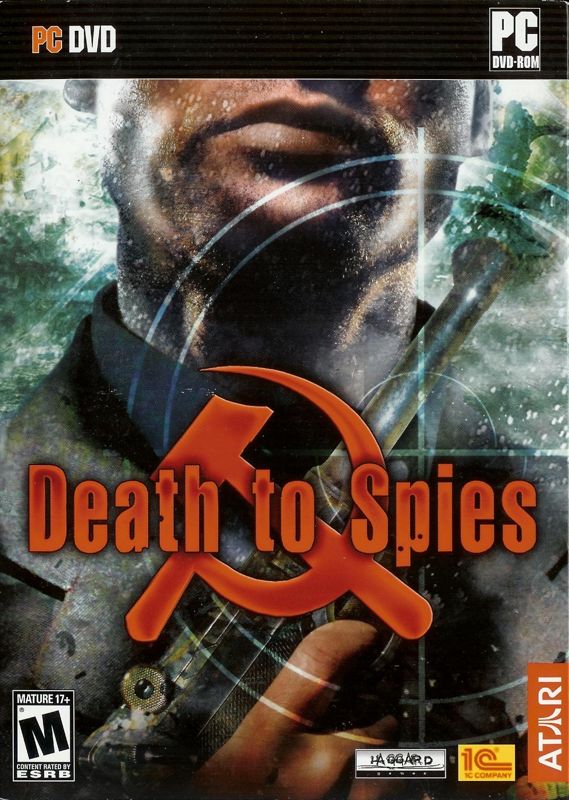
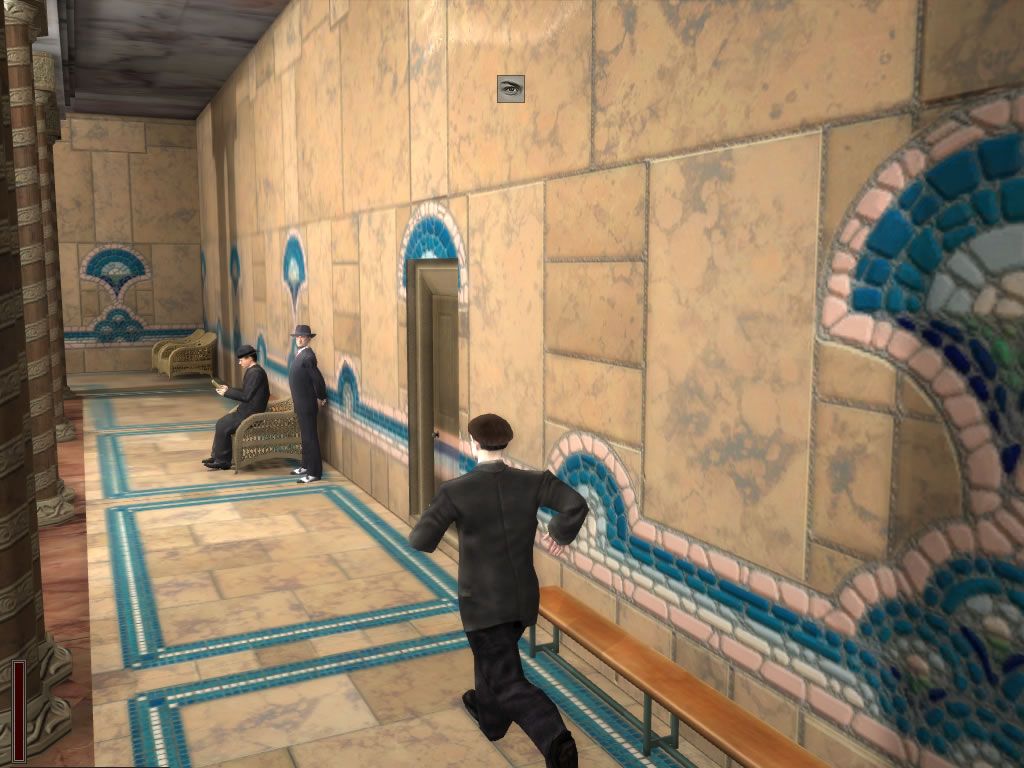
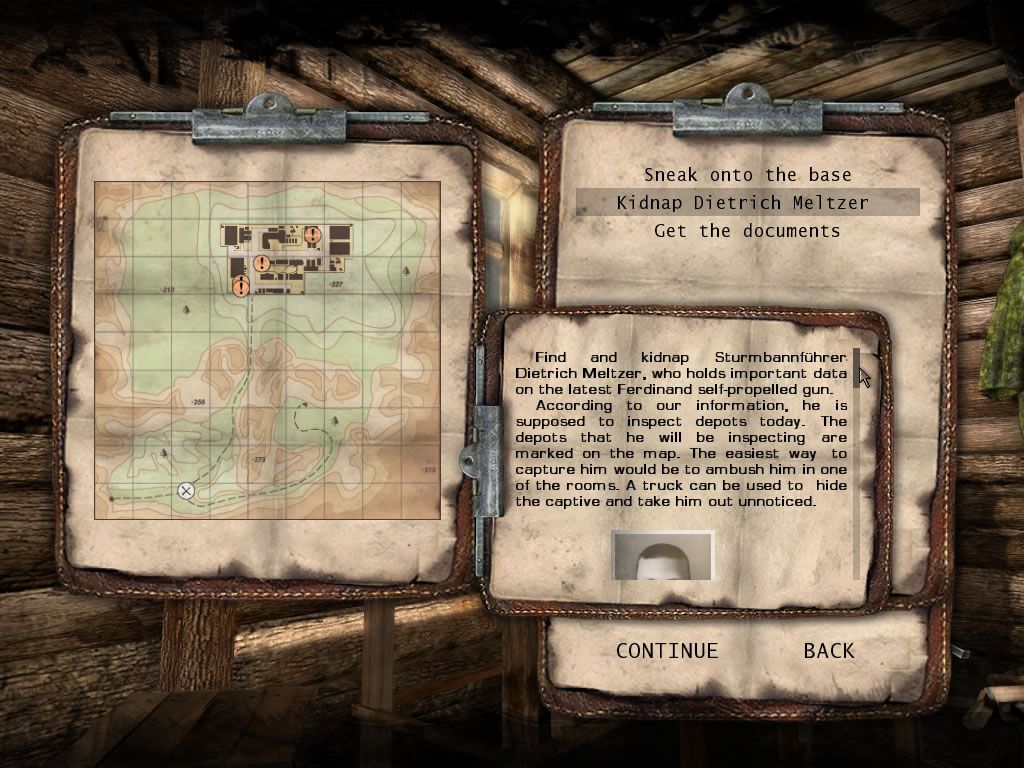
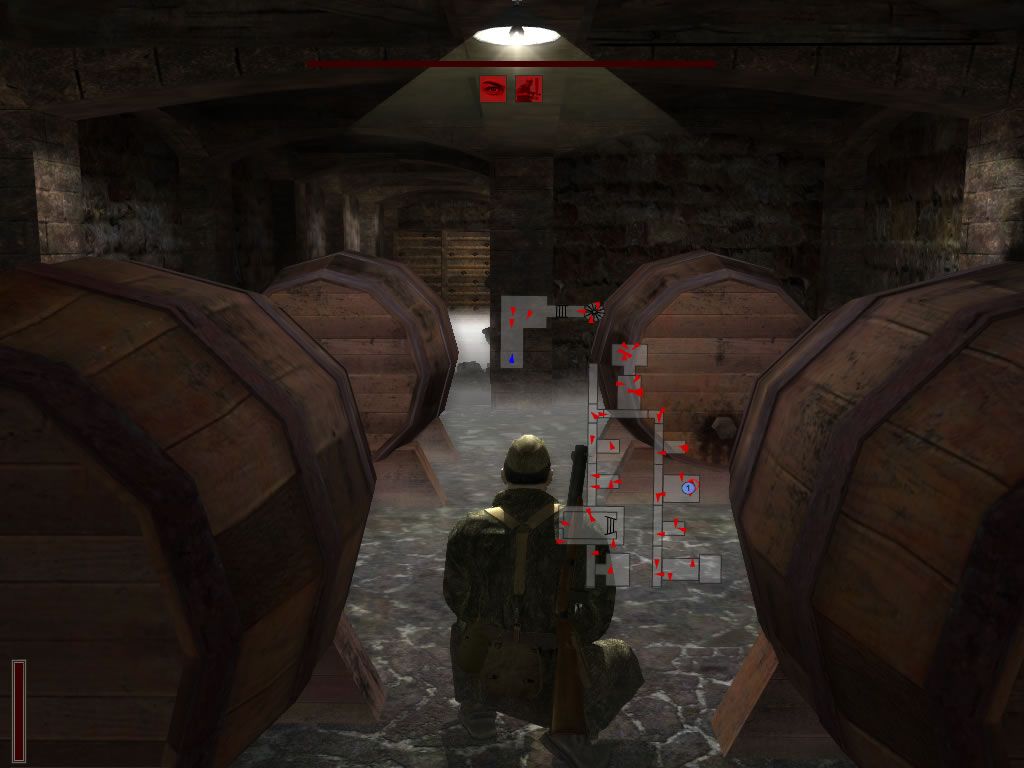
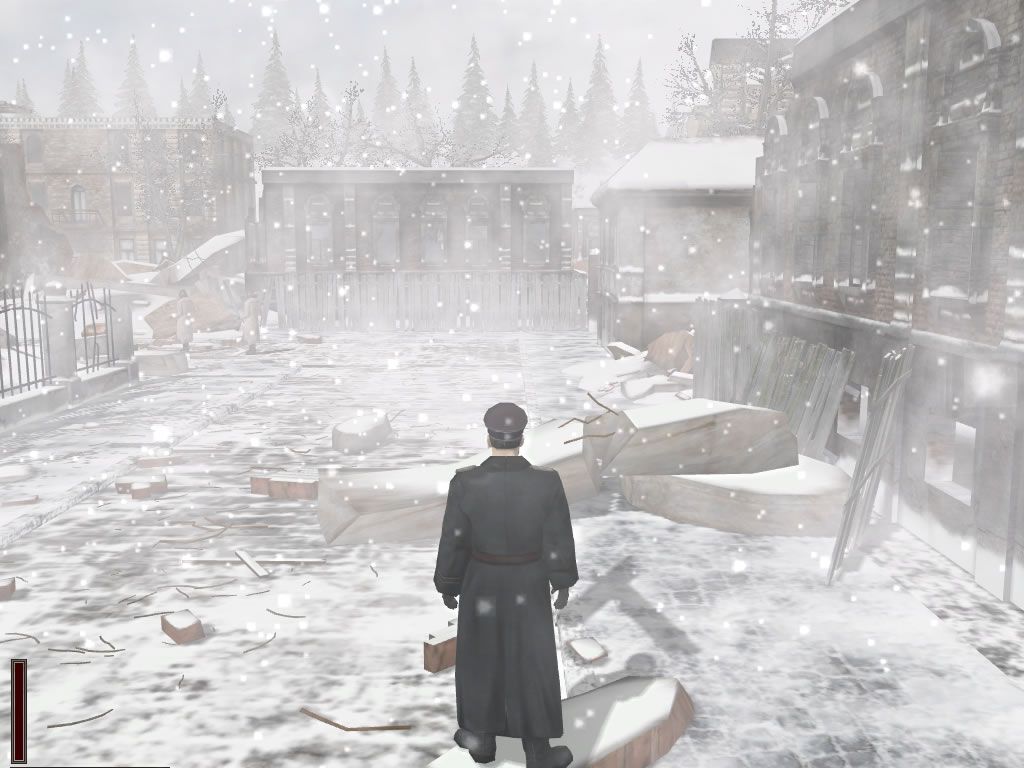
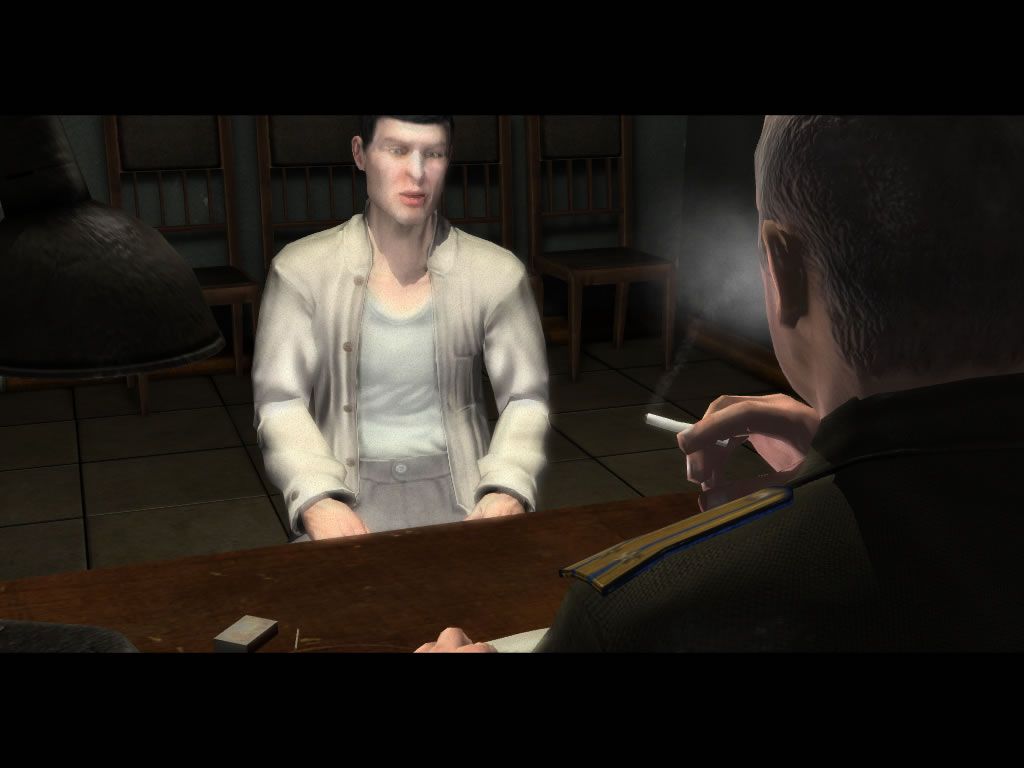



Reviews
There are no reviews yet.